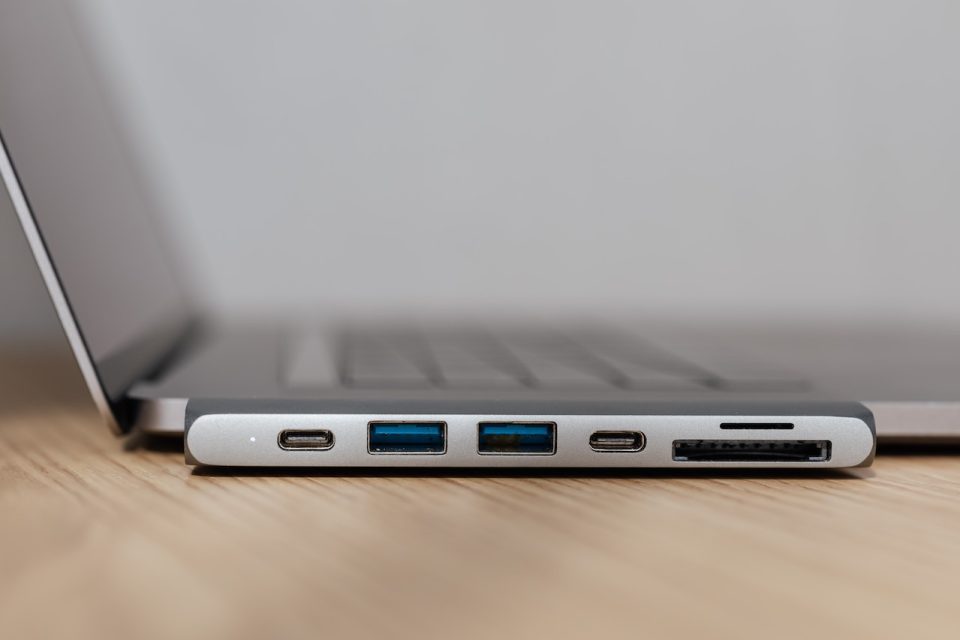In the run-up to its highly anticipated annual fall event scheduled for today, Apple is gearing up to introduce its latest iPhone, the iPhone 15. While tech enthusiasts are eager to see the innovative features and design of the iPhone 15, the spotlight is also on a significant shift in the iPhone’s user experience: a transition from Apple’s proprietary Lightning connector to the universal USB-C standard. This pivotal move is in response to a new European Union regulation mandating the inclusion of USB-C ports on electronic devices by 2024.
The transition of iPhone 15 to the universal USB-C standard promises greater convenience for users. With the adoption of USB-C, Apple users will enjoy the flexibility of charging their devices with the same standard USB-C charger, reducing the need to carry a variety of cables for different gadgets. Furthermore, this shift could contribute to a reduction in electronic waste, as users will be able to share chargers across their various devices.
However, this transition is not without its challenges. Users who have invested heavily in Lightning-compatible accessories will face the prospect of significant expenditures to replace their existing cables with USB-C alternatives. Additionally, individuals seeking to connect their new iPhone 15 to car dashboards and other wall outlets may need to purchase adapters, further increasing the financial burden of the transition.
This situation mirrors a historical precedent set by Apple. In 2012, when Apple launched the iPhone 5, the company discontinued the use of the old 30-pin adapter in favor of the then-cutting-edge Lightning connector. Now, with the transition to USB-C, Apple enthusiasts find themselves in a similar predicament, needing to adapt to the evolving technology landscape once again.
USB-C represents a pivotal step toward standardization in the tech industry. Its versatility and compatibility across various devices and platforms have positioned it as the future of connectivity. However, the cost associated with procuring new cables and adapters for specific use cases may give potential iPhone 15 buyers pause as they contemplate making the switch.
Apple’s decision to embrace the USB-C standard aligns with broader industry trends and regulatory initiatives. The European Union’s directive requiring USB-C compatibility is part of a larger effort to minimize electronic waste, simplify device usage, and enhance consumer convenience. While Apple’s transition may initially pose some financial challenges for its loyal customer base, the long-term benefits of standardization and reduced e-waste could outweigh the short-term inconveniences.
As the tech world eagerly anticipates Apple’s announcement of the iPhone 15 and its USB-C integration at the fall event, consumers will closely monitor how Apple addresses the concerns surrounding the transition. The success of this move hinges not only on the innovation of the iPhone 15 but also on Apple’s ability to navigate the delicate balance between progress and user loyalty.
In conclusion, Apple’s forthcoming iPhone 15 launch promises both innovation and disruption. The adoption of USB-C, driven by EU regulations, offers enhanced convenience and environmental benefits but comes with a financial cost for users. As Apple enthusiasts eagerly await the next generation of iPhone, they will undoubtedly weigh the advantages of USB-C against the expenses of replacing their existing accessories. The tech world will be watching closely to see how Apple manages this pivotal transition.
Source: Yahoo Finance

